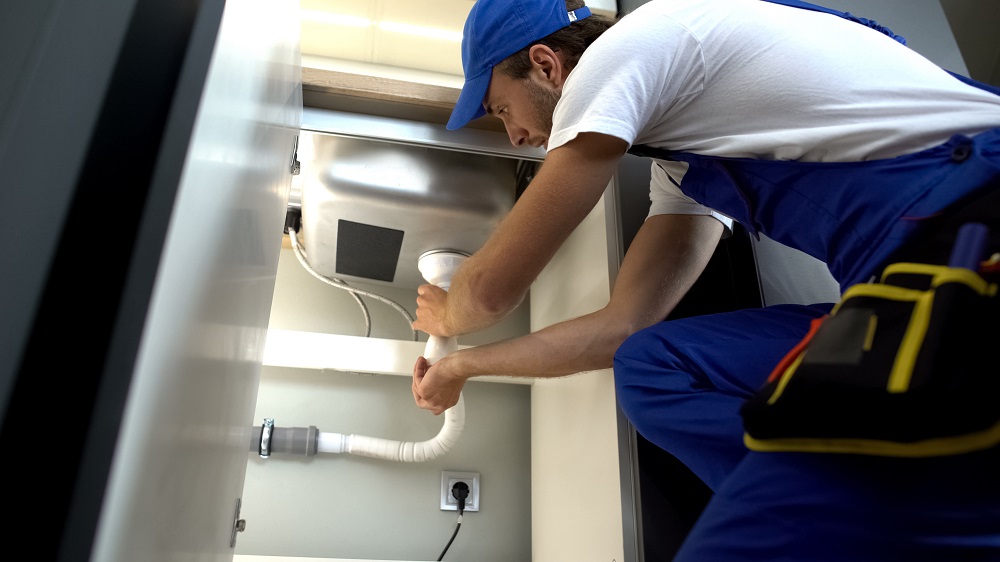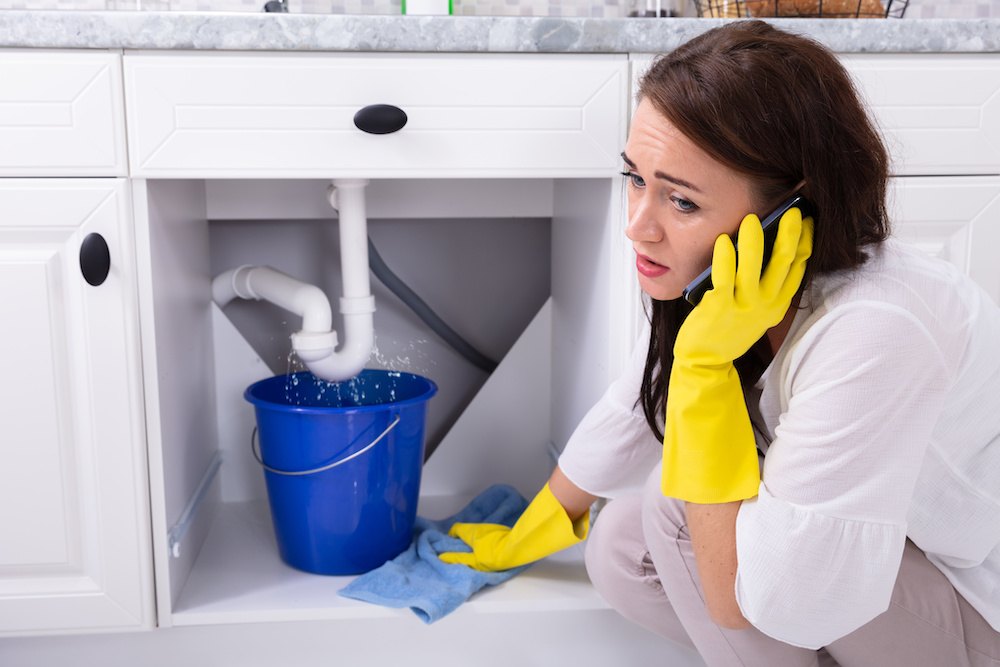Right here below you can find additional exceptional material with regards to Expert Tips for Emergency Plumbing Repairs.

Pipes emergency situations can strike any time, creating stress and prospective damage to your home. Whether it's a ruptured pipeline, a clogged up drain, or a leaky tap, knowing just how to take care of the scenario until an expert plumbing technician gets here can conserve you from more difficulties. This post supplies necessary emergency plumbing suggestions to help you reduce damage and regain control during a pipes situation.
Switch off the Supply Of Water
The primary step in any plumbing emergency situation is to shut down the water system. For localized issues, such as a leaking tap or commode, shut off the valve near the fixture. When it comes to a significant leak or burst pipeline, situate your home's primary water shut-off valve and turn it off quickly. Understanding the location of these valves beforehand can conserve beneficial time throughout an emergency.
Address Small Leakages with Momentary Repairs
Small leakages can swiftly end up being significant troubles if left untreated. Utilize these short-lived repairs up until professional aid shows up:
While these fixes aren't irreversible, they can help decrease water loss and damage.
Unclog Drains Pipes Securely
A clogged drainpipe can be an aggravating and untidy concern. Right here's just how to tackle it:
If these methods do not work, stay clear of using extreme pressure, as it may aggravate the clog.
Handle Overflowing Toilets
An overruning toilet can trigger prompt chaos. Right here's what you need to do:
Turn off Your Hot Water Heater
In specific emergencies, such as a ruptured pipeline, it's smart to shut off your water heater. This avoids overheating or damage to the system when water quits moving. Switch off the power supply to the water heater (electric or gas) and let it cool off to prevent prospective dangers.
Momentarily Quit a Ruptured Pipe
A burst pipe can lead to significant water damage in mins. To minimize the problem:
Call a specialist plumbing professional quickly to attend to the issue permanently.
Deal With Frozen Pipeline Thoroughly
In colder climates, frozen pipelines are an usual emergency situation. If you presume an icy pipe:
Prevent More Damages
Taking quick activity to lessen damage can conserve you money and time in the long run. Below's exactly how:
. Have an Emergency Plumbing Package
Prepare a fundamental plumbing emergency situation package to manage minor concerns efficiently. Your kit must include:
Having these devices on hand can make a substantial difference in your capacity to handle emergencies.
Know When to Call an Expert.
While quick fixes can help briefly, certain pipes issues need immediate expert attention. Call a plumbing professional if:.
Promptly calling a specialist guarantees the concern is resolved properly and stops further problems.
Verdict.
Plumbing emergencies can be frustrating, yet with the best knowledge and tools, you can take care of the situation efficiently up until aid arrives. By shutting off the supply of water, attending to little leakages, and using short-term repairs, you can decrease damage and keep your home safe. Keep in mind, these ideas are short-lived solutions; always seek advice from a qualified plumber to deal with the source of the trouble. Prep work and fast thinking are your best allies in any type of plumbing emergency.
How to Manage a Plumbing Emergency Until Help Arrives
Plumbing emergencies can be stressful, but keeping calm can help minimize damage to your home. Below are steps to handle a plumbing emergency, but always call a plumber for assistance. It’s safest to have a 24/7 emergency plumbing team readily available, so keep their number in your contacts list for easy access.
Shut off the water: Act quickly to turn off the water source during an emergency. For toilets, turn the water valve at the base or behind the commode. For larger emergencies or flooding, turn the main valve in your home clockwise. Turn off the water heater: Prevent damage to your water heater by switching it off after shutting off the main valve. If you have a gas water heater, turn off the gas supply first. Must Open drains and spigots: Even after shutting off the main valve, your pipes may still have water. Reduce potential damage by turning on spigots outside your home and clearing water with the garden hose. Avoid using chemical cleaners during an emergency. Address small leaks: If you find a small leak, use the plumber’s tape or place rags and towels around the pipes to prevent further damage. Inform the plumbers about these leaks upon their arrival. Call for help: Remember to call a plumber as soon as the emergency occurs. An early call can provide initial assistance and help determine if the situation is too dangerous. If professionals or government officials advise you to leave your home during an emergency, listen and prioritize your safety. Plumbing Emergency Examples and Immediate Fixes
Dealing with a plumbing emergency can put enormous stress on homeowners, leaving them uncertain about the steps to take. This detailed guide delivers concise, direct advice for swiftly tackling typical plumbing dilemmas. It includes actionable measures for dealing with everything from burst pipes to toilets that won’t overflow, helping reduce harm and quickly bring back normalcy.
Burst Pipes
Burst pipes result from intense pressure from various causes like freezing temperatures, corrosion, or physical damage that leads to a pipe rupturing.
Solutions:
Immediately shut off the main water supply to halt the flow of water. Drain the remaining water in the system by opening all cold water taps to prevent further damage. For a temporary fix, use a pipe repair clamp or wrap a piece of rubber around the burst section and clamp it tightly with hose clamps. Call a plumber for a permanent fix. Severe Leaks in Faucets or Toilets
Solutions
Locate and close the local shut-off valve to stop the water flow to the leaking fixture. Place a bucket underneath to catch any drips and reduce damage. In the case of a toilet, lift the float in the tank to prevent more water from entering the bowl and turn off the water supply valve. Contact a plumber to address the problem correctly. Leaking Water Heater
Turn off the water supply to the leaking water heater. If it’s electric, switch off the power at the circuit breaker; if it’s gas-powered, turn off the gas valve. Avoid attempting to repair yourself, as this may involve significant danger and complexity. Seek the assistance of a professional plumber who can provide a safe and appropriate resolution. https://www.showtimeplumbingllc.co/expert-tips-for-managing-a-plumbing-emergency-until-help-arrives

Do you enjoy reading about Plumbing Emergencies: Tips on What To Do Before? Place a review further down. We would be happy to hear your feelings about this post. In hopes that you visit us again later on. Make sure you pause to distribute this entry if you enjoyed it. I am grateful for being here. Kindly come by our website back soon.
Schedule Services